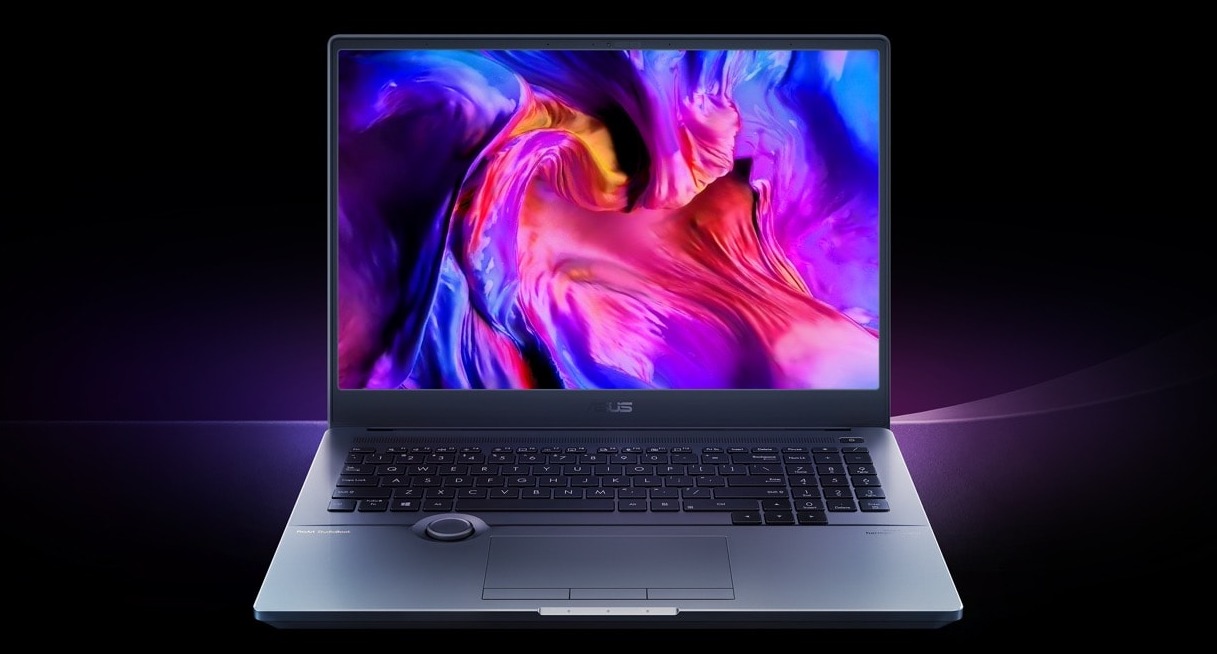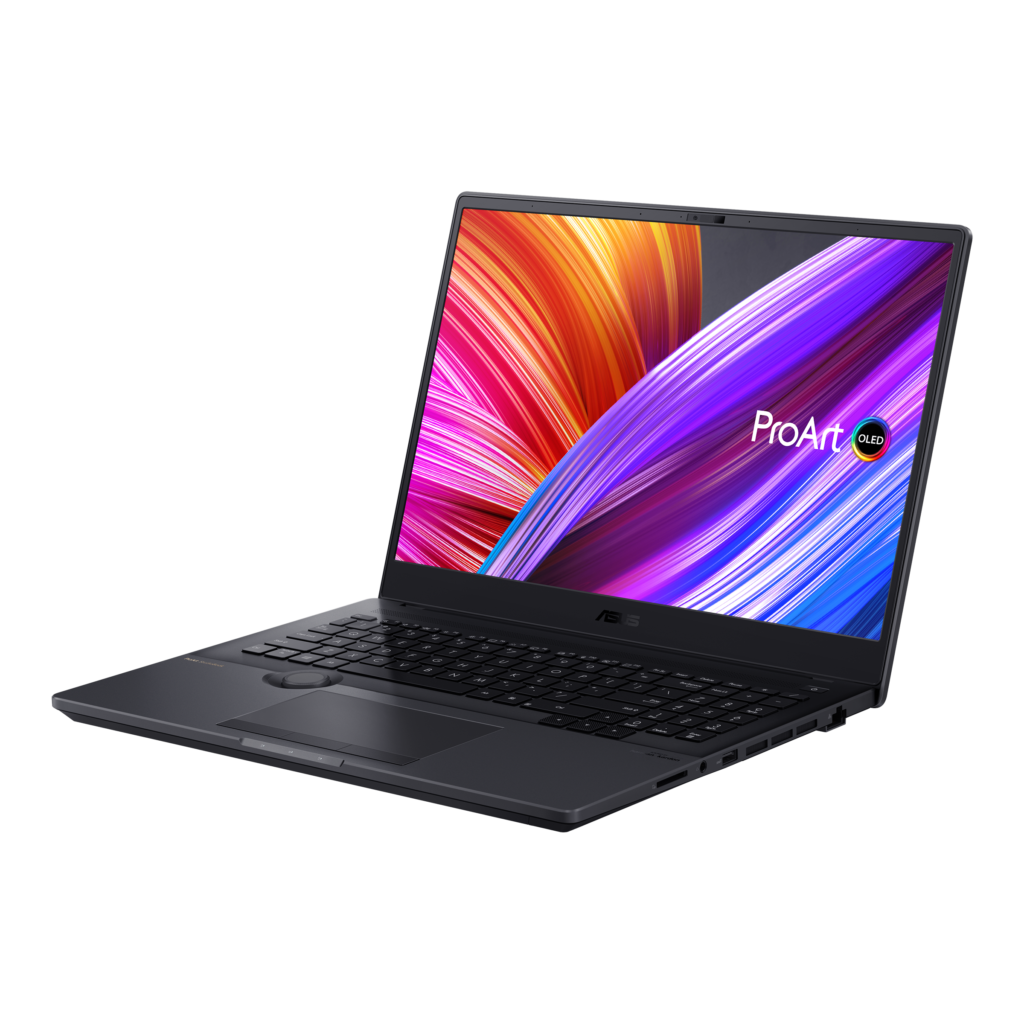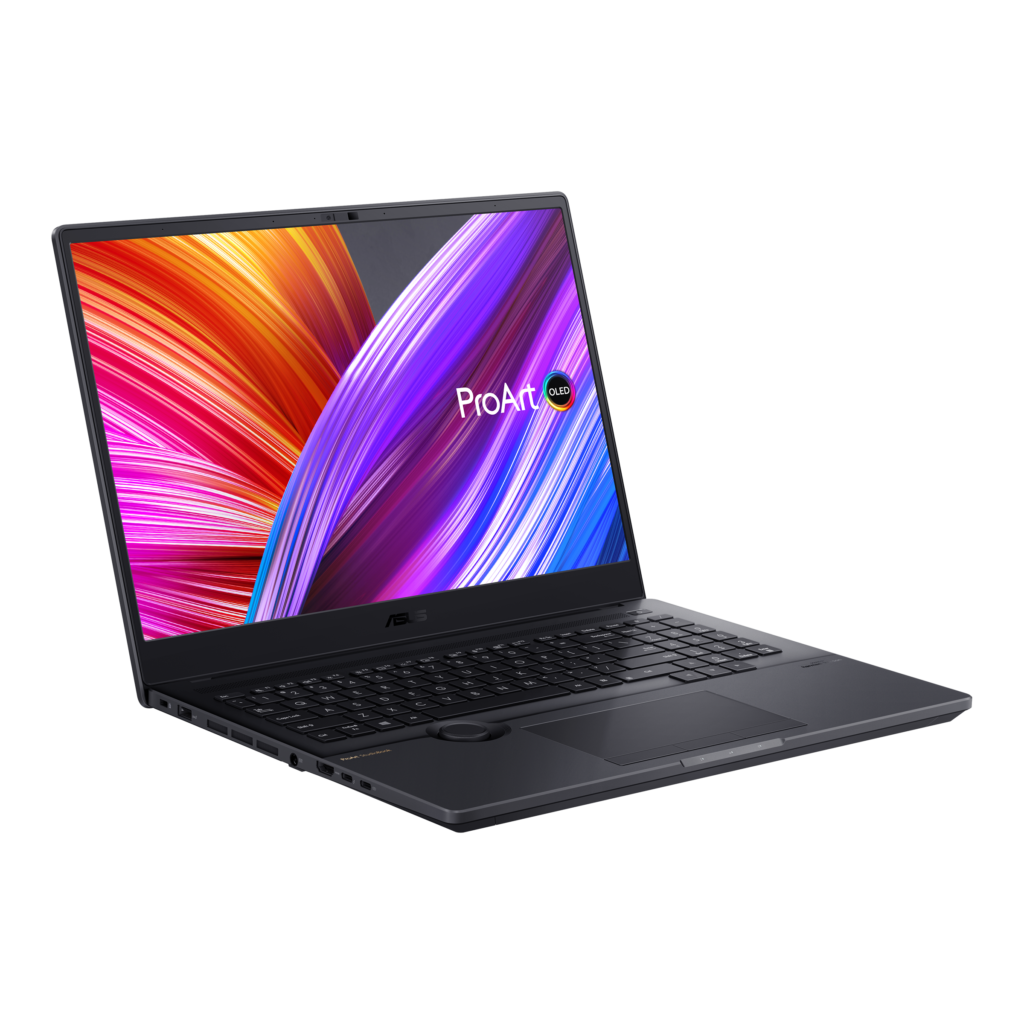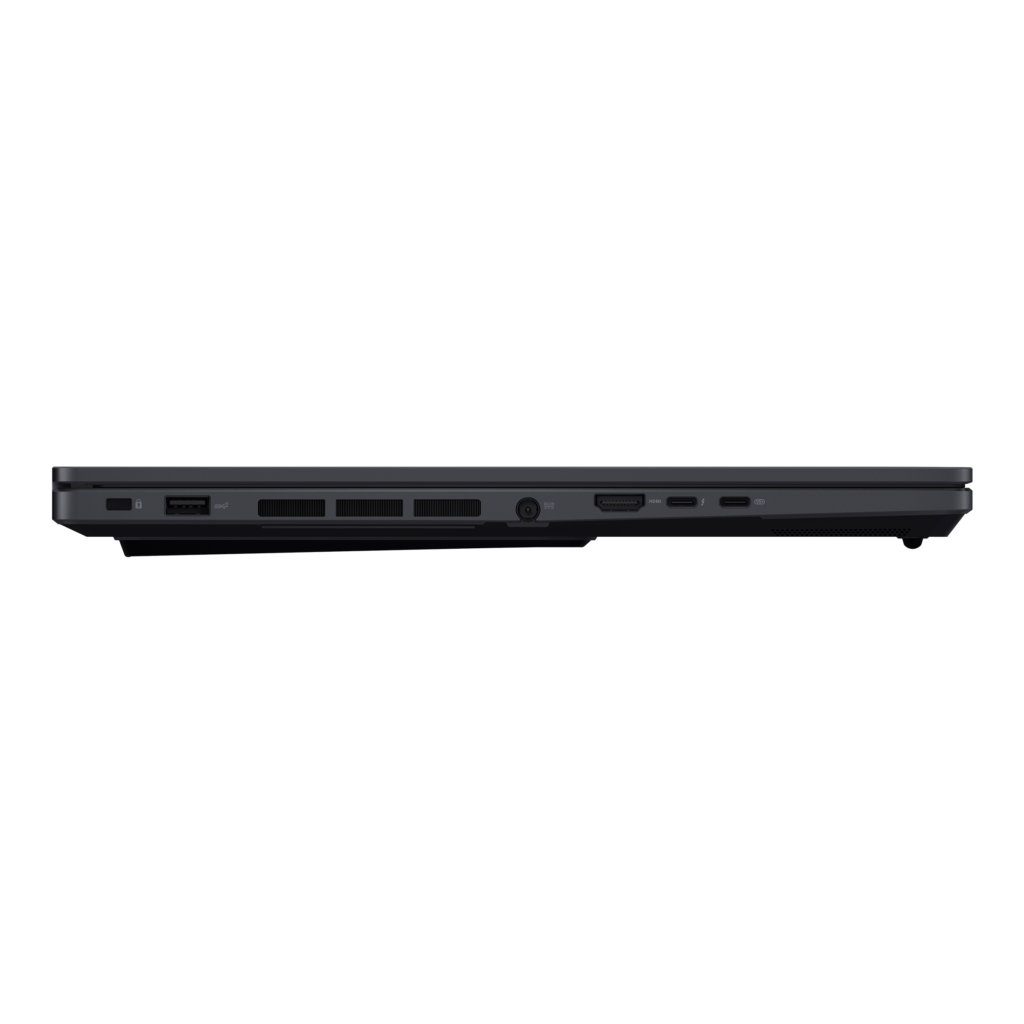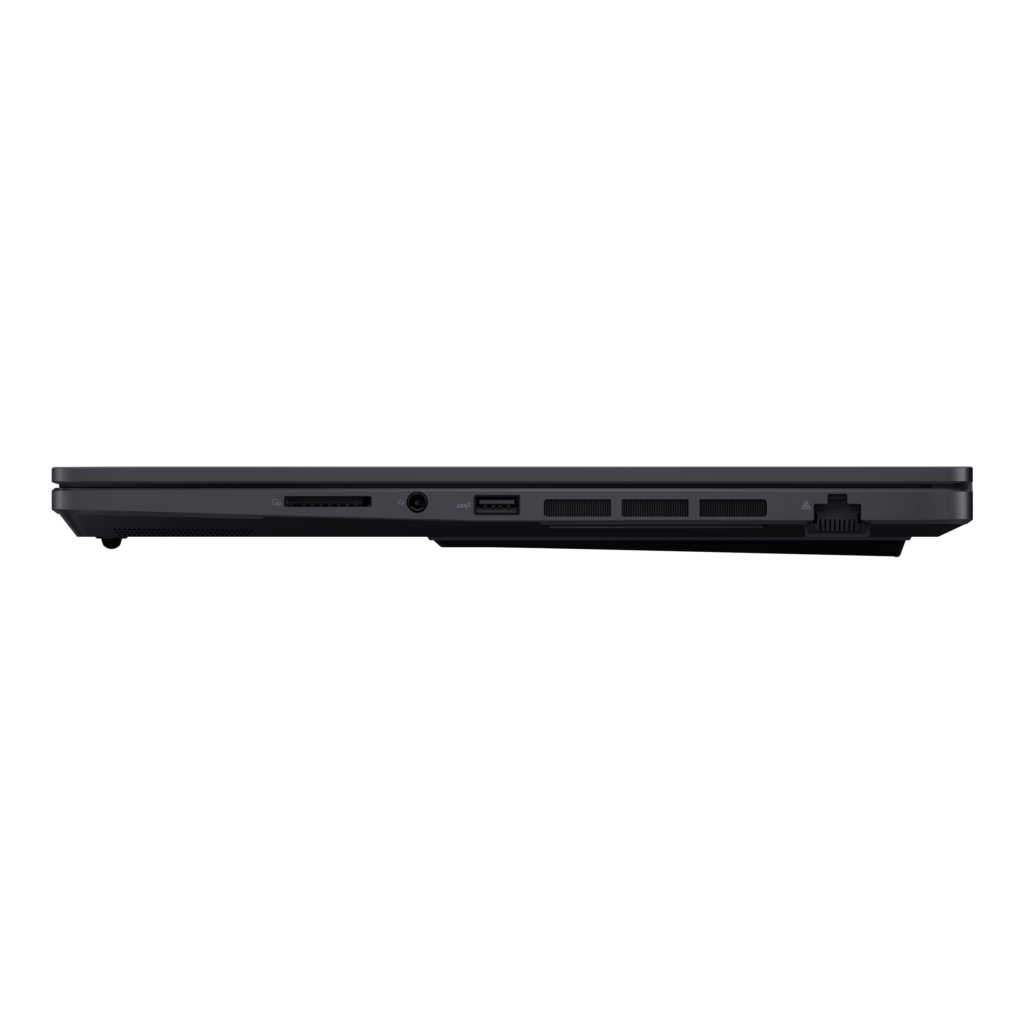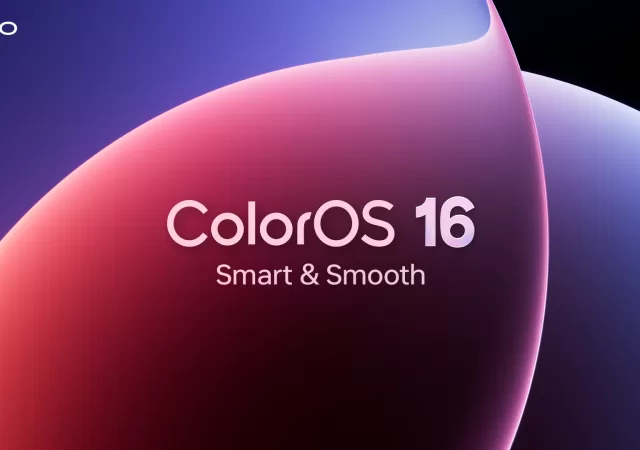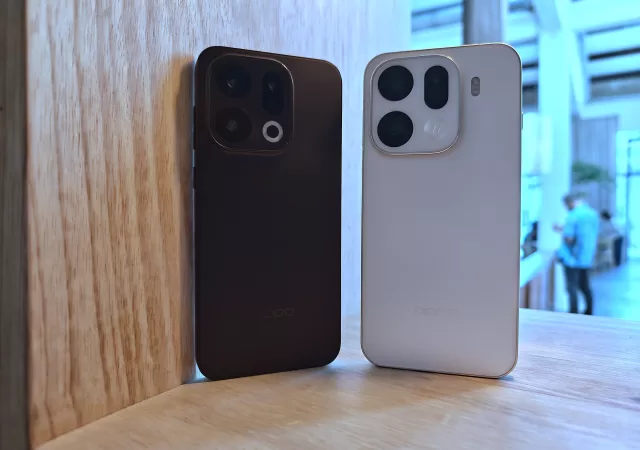Innovation is ASUS’ middle name. Well, not really. But they are one of the most innovative PC manufacturers of late. They were the first and still the only manufacturer that offers a dual function touchpad that works as a mouse tracking pad and an extra number pad at the same time. They are the only manufacturer currently that ships some of their notebooks with two displays in a notebook PC. At this point, when ASUS launches new devices, we are basically asking, “what will be the next big thing?”.
OLED is not a new technology. By now you would have known and understood the power of an LED display and what it can offer in terms of colour reproduction and contrast, in comparison to regular LCD displays. It is not a new technology on ASUS devices too, in a sense. They have integrated the OLED technology into their ZenBook before this.
ProArt StudioBook Pro 16 OLED
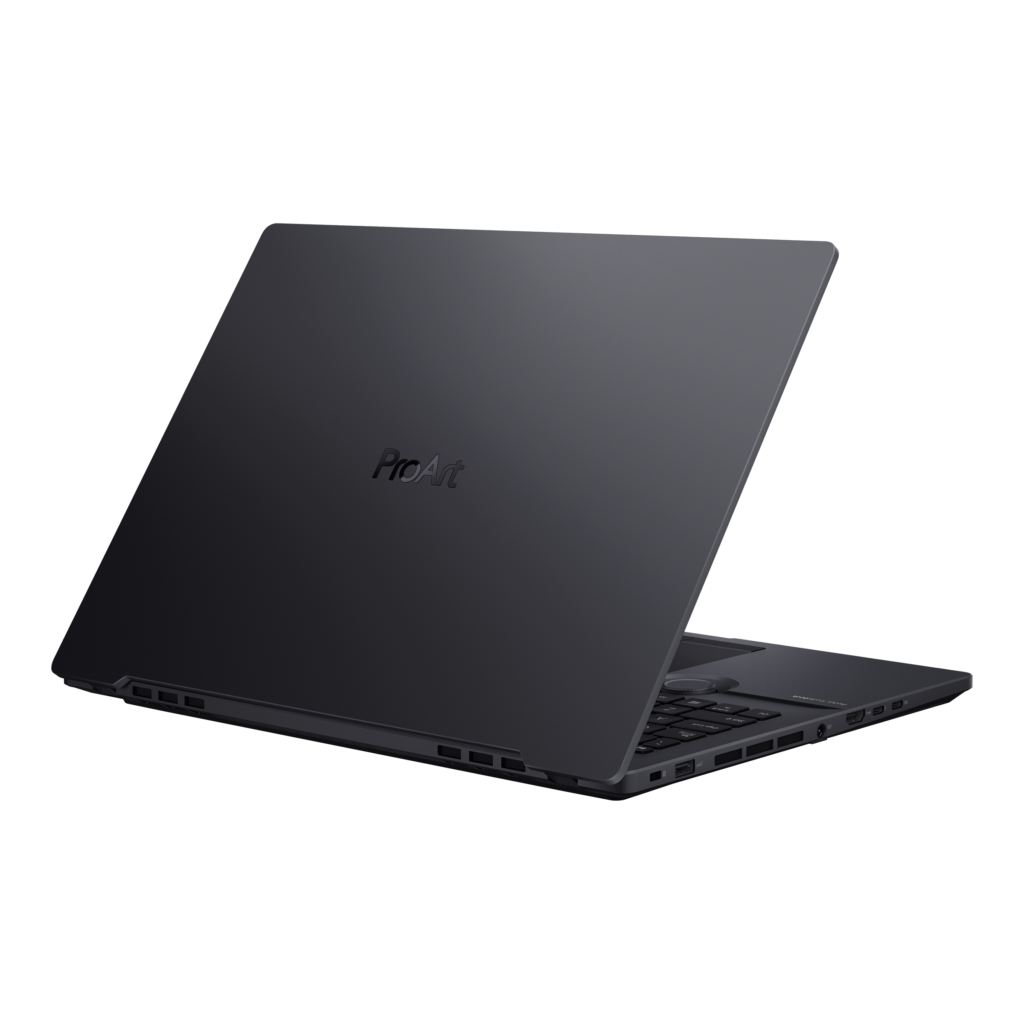
The top-of-the-line ProArt notebook PC is the no compromise notebook for the creatives that needs the power for 3D CAD work. The OLED display that is splashed on the new ProArt StudioBook Pro measures in at 16 inches as per its name. The 16:10 display pushes 4K (3,840 x 2,400) UHD resolution into your face. The 4K UHD OLED display also boasts 100% DCI-P3 colour gamut coverage with up to 550 nits in maximum brightness. At ΔE<2 as well, the pantone validated display should be a lot of help for creators.
Inside the 16-incher’s chassis you can find either a very powerful AMD Ryzen 9 5900HX (W5600, up to), or an industrial 3rd generation Intel Xeon W-11955M (W7600, up to). Alongside the choice of two processors, the ASUS ProArt StudioBook Pro 16 can be specced with up to 64GB in 3200 MHz DDR4 RAM. At the same time, you can pack the StudioBook Pro with up to 4TB of PCIe SSD from the factory to ensure you have ample storage for all of your work and quick access to the files you need. Speaking of storage, the SD card reader on the StudioBook Pro is capable of reading SD cards at 985 MB/s for an extra smooth, extra fast workflow.
In terms of graphics, you get NVIDIA power for both variants of the StudioBook Pro. The notebook can be packed with up to an NVIDIA RTX A2000 GPU (A5000 of W7600 Intel variant), which is made specifically made for the studio environment. Thanks to modern machinery as well, you get the benefit and power of a full HDMI 2.1 port on the notebook.
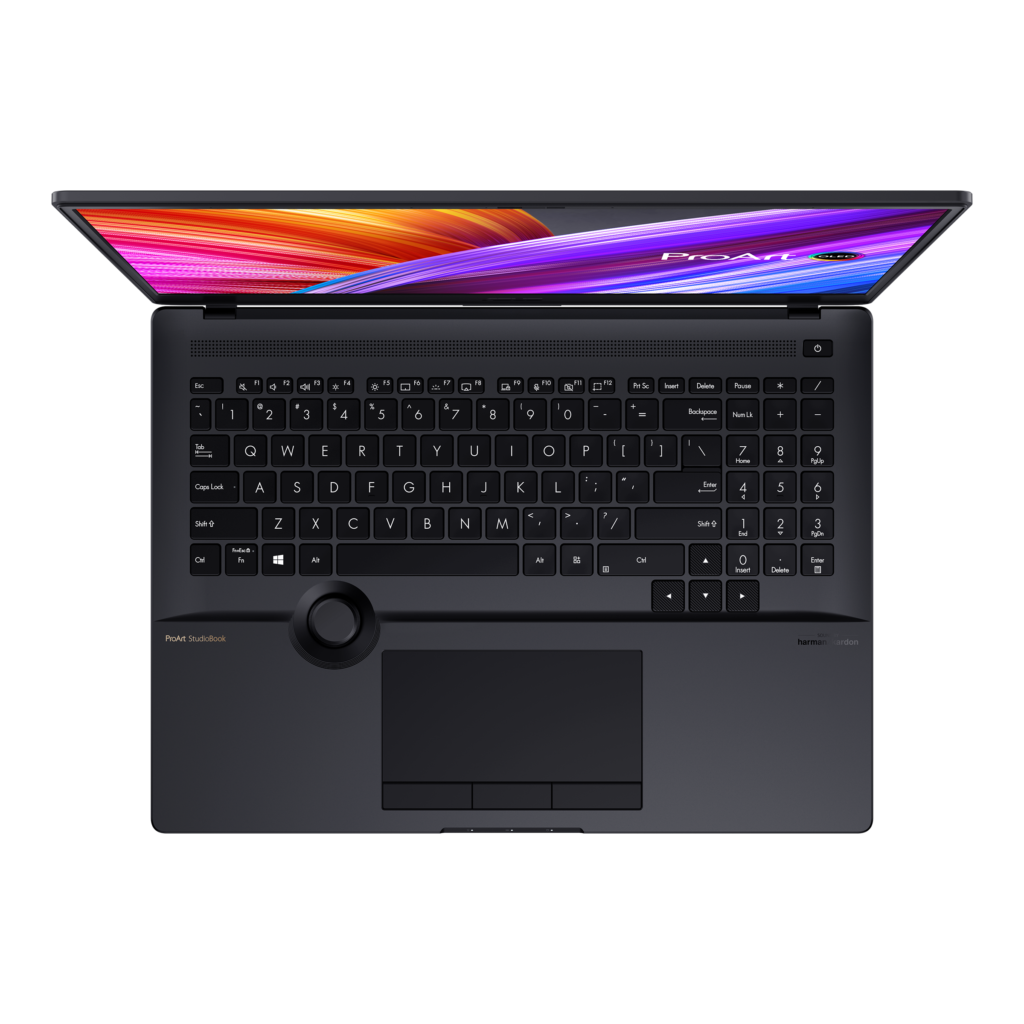
While all these are well and good, it does take away from the interesting innovation that ASUS has fitted into the StudioBook Pro though. The innovation is on the surface of the keyboard on the ASUS ProArt StudioBook Pro 16. On the keyboard surface of the StudioBook Pro is not just a keyboard and touchpad combo. The touchpad does not need to double as a numpad as well, because this has dedicated physical numerical keys. The innovation comes in a form of a small circular dial that sits just below the keyboard.
They call it the ASUS Dial and it is brilliant for the creative industry. Using dials to have more granular and finer controls over your creative software, or even volumes, is nothing new. But having that packed in a notebook and having it accessible wherever you deploy your mobile workstation without extra accessories is new. This is what the ASUS Dial is though, a dedicated, built-in dial that is compatible with Adobe’s suite of apps. The implementation is not limited to Adobe though, imagine working with CAD software to create your next big project. The Mousepad also has a third middle button now just to really suit content creators for their projects and apps.
ProArt StudioBook 16 OLED
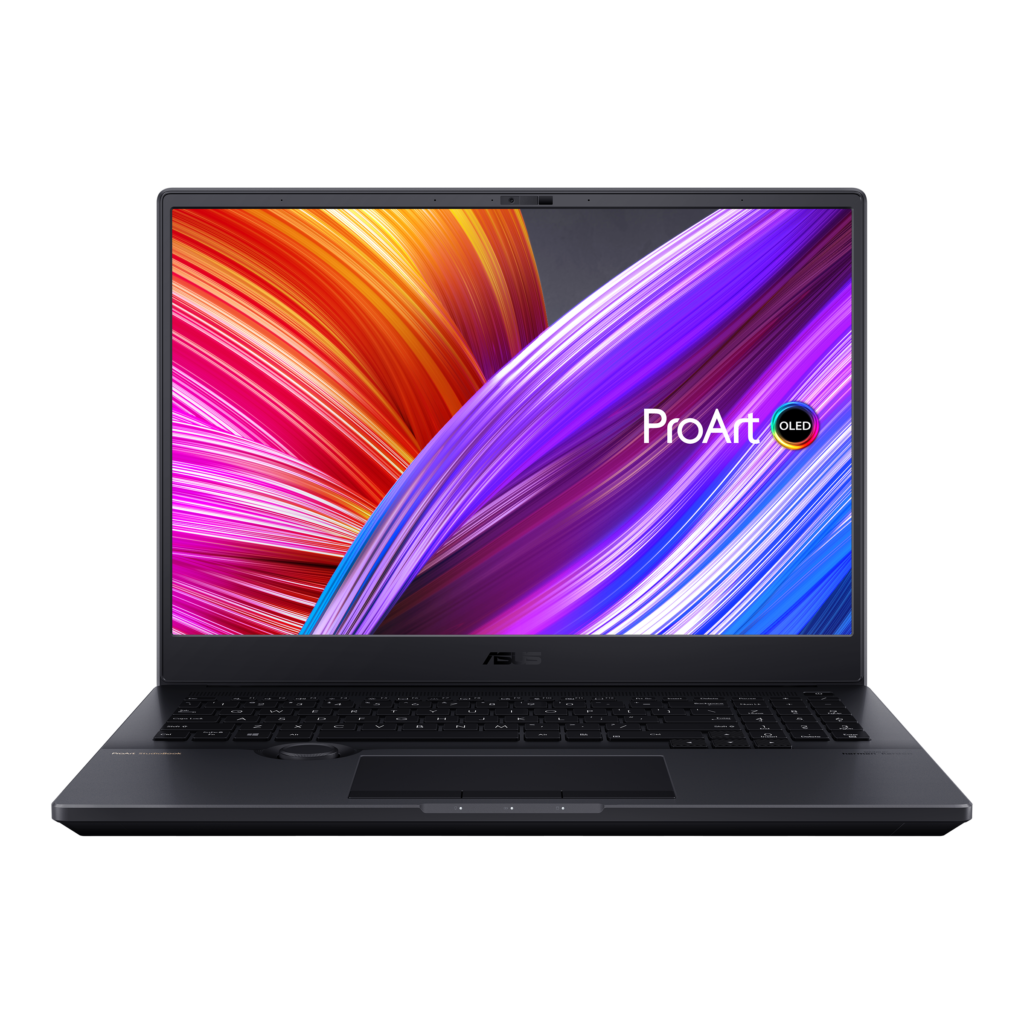
There is also the ASUS ProArt StudioBook 16 OLED, a less bonkers version of the ultimate creative working laptop. The ASUS ProArt StudioBook 16, visually, shares the same design cues with the more expensive and powerful ASUS ProArt StudioBook Pro 16. The StudioBook 16 even features the same ASUS Dial that the Pro variant gets. The touchpad also features the third middle mouse button.
You still get a 16-inch 4K (3,840 x 2,400) UHD OLED display that boasts the same colour accuracy as the pro variant. The difference lies in the hardware that powers the device. While you can still opt for the AMD Ryzen 9 5900HX AMD powerhouse if you are team red, the Intel variant only goes up to a Core i9-11900H processor. While it is no workstation powerhouse, the latest generation Tiger Lake Core i9 processor is still a respectable and mighty powerful processor for the notebook.
Graphics wise, the Intel variant stops at NVIDIA’s GeForce RTX 3060 while the AMD variant goes up to an NVIDIA GeForce RTX 3070. Both the notebooks support NVIDIA’s studio driver, these are creator-centric notebooks after all. You still get to pair the powerful processors with up to 64GB 3200 MHz DDR 4 RAM for smooth operations especially when you are relying on creative apps and 3D rendering projects. With up to 4TB in SSD storage as well, you are not going to be really wanting more storage space for your ongoing projects. On top of all of that is a super-fast SD Express 7.0 SD card reader with up to 985 MB/s read speeds.
Price and Availability
There are no announcements on the availability of the new ProArt StudioBook series with OLED displays just yet. There are no mentions on pricing either but remember these are made to be the ultimate portable workstation for content creators. In that regard, you can expect them to come at a premium. With that kind of price premium, its availability in Malaysia might be even more delayed. However, if you are a production house in need of powerhouse like the ProArt StudioBook series with OLED displays, you can try ringing up ASUS to come up with a deal.



